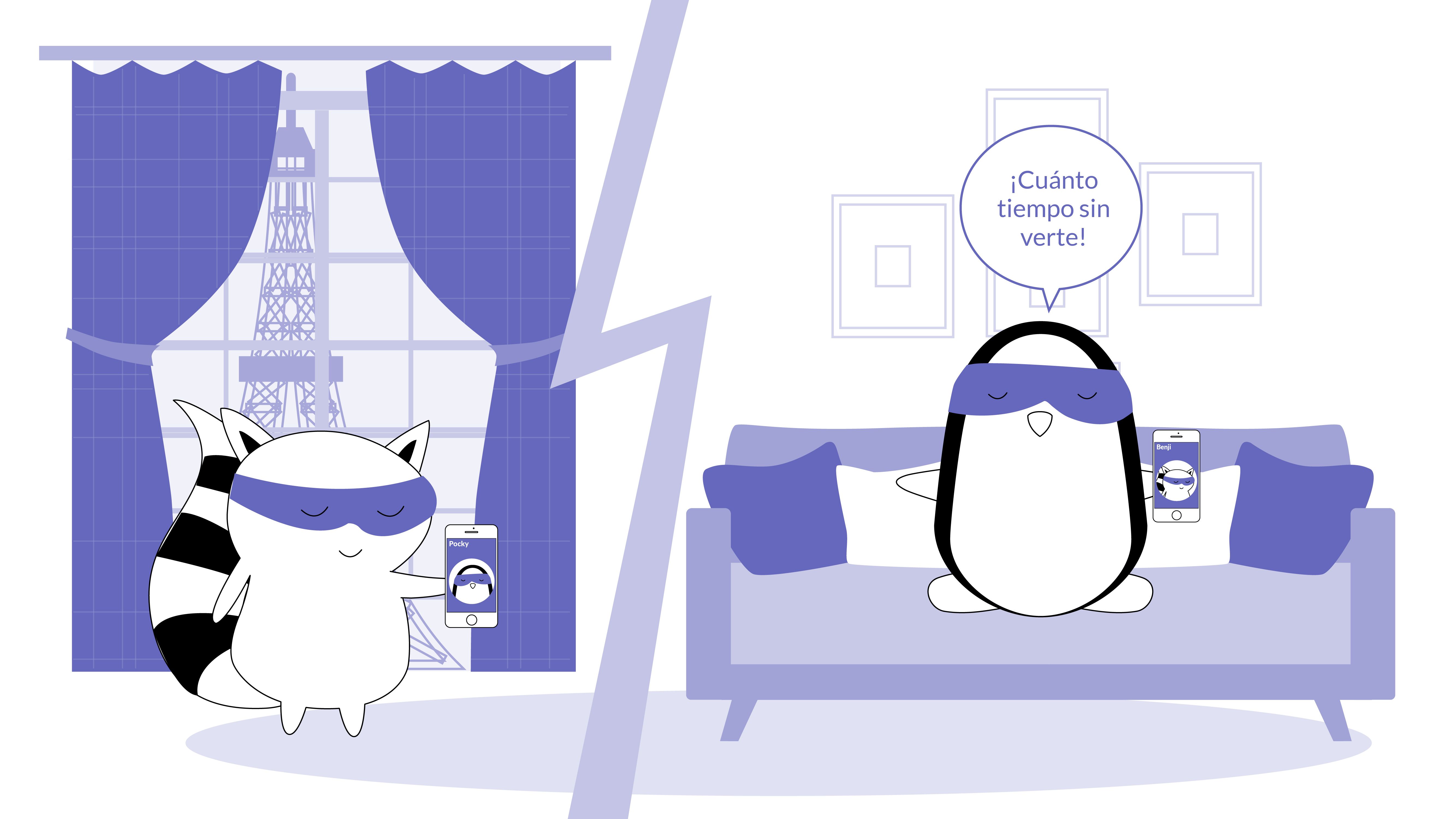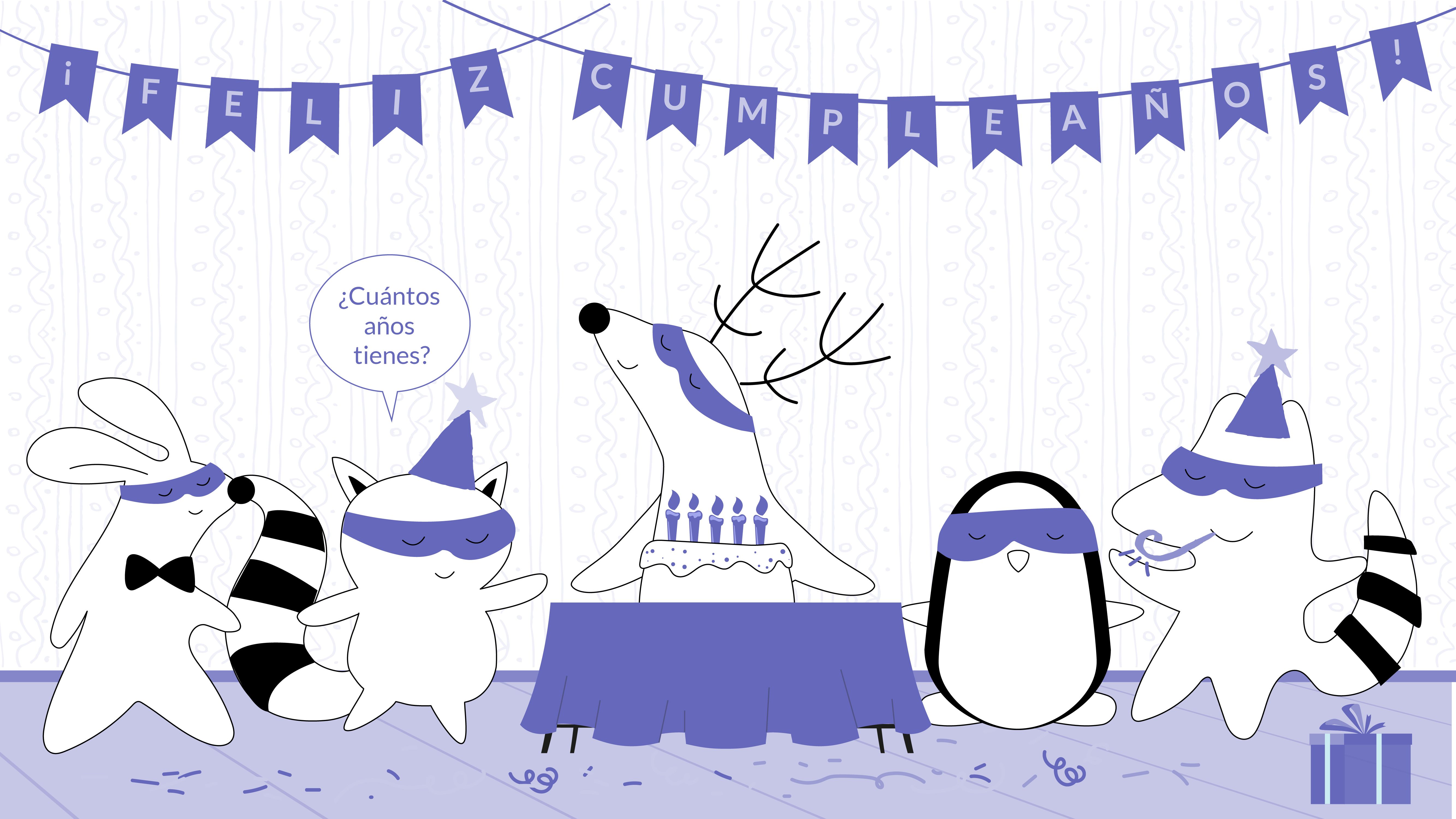
Welcome to this comprehensive guide, where we aim to demystify the use of quantitative expressions in the Spanish language. This resource is specifically tailored for students who are learning Spanish and are eager to enhance their communication skills, particularly in their ability to accurately express quantities.
Grasping quantitative expressions is a vital component of understanding and mastering Spanish. Proper use of these expressions can significantly improve the richness and precision of your Spanish conversations and writing.
From expressing the number of apples you want to buy at a farmer’s market to describing the intensity of an emotion, you will find quantitative expressions to be an indispensable part of daily conversations in Spanish. Let's delve into the world of Spanish quantitative expressions!
Learn Spanish with Langster
Understanding Cuánto in Spanish
Cuánto is one of the most versatile and commonly used quantitative expressions in Spanish. It literally translates to "how much" or "how many" in English.
Essentially, cuánto is used to inquire about the quantity of both countable and uncountable nouns. It can be used in a variety of contexts, asking questions such as:
Spanish
English
¿Cuánto tiempo?
How much time?
¿Cuánto cuesta?
How much does it cost?
The usage of cuánto changes depending on the gender and number of the noun it is referring to, taking the following forms:
- cuánto (singular, masculine),
- cuanta (singular, feminine),
- cuantos (plural, masculine),
- cuantas (plural, feminine).
Distinguishing Cuánto from Cuanto

While cuanto and cuánto might seem identical, the presence of the accent mark in cuánto makes a crucial difference in a Spanish-speaking country.
Cuánto, with an accent mark, is generally used in questions or exclamations to ask about the quantity or degree of something, such as:
Spanish
English
¿Cuánto cuesta?
How much does it cost?
¡Cuánto te quiero!
How much I love you!
On the other hand, cuanto without an accent mark is often used in relative clauses, similar to the English "as much as" or "the more...the more" constructions. For example:
Spanish
English
Cuanto más aprendo, más quiero saber.
The more I learn, the more I want to know.
Carefully discerning between cuánto and cuanto can add precision to your understanding and usage of Spanish quantitative expressions.
Cuánto es and Cuánto vale
The Spanish expressions cuánto es and cuánto vale are often used interchangeably to inquire about the cost of something. Both phrases translate to "how much is it" in English, yet they carry subtle differences in their connotations.
Cuánto es is typically used when asking about the total cost of multiple items or a service. For instance, in a restaurant, after a meal, you may ask, ¿Cuánto es? to request the total bill. This phrase is often used when the total amount is uncertain and needs to be calculated or summed up.
Spanish
English
¿Cuánto es?
How much is it?
Conversely, cuánto vale is commonly used when inquiring about the value or price of a single item, similar to "How much does it cost?" in English. You would use cuánto vale when you're interested in buying an item in a store and want to know its price.
Spanish
English
¿Cuánto vale?
How much is it?
Other similar phrases related to money include:
Spanish
English
¿Cuánto sale?
How much is it?
¿Cuánto te debo?
How much do I owe you?
¿Cuánto tengo que pagar?
How much do I have to pay?
Cuánto Tiempo

The phrase cuánto tiempo in Spanish is another common quantitative expression that translates to "how much time" in English. This phrase is typically used when asking about the duration of an event or activity or when expressing the length of time since a past event occurred.
In the context of asking about the duration of an event or activity, cuánto tiempo is used to inquire about the amount of time it will take to complete an action or for an event to occur.
For example, if you're cooking a new recipe and need to know how long it needs to bake, you might ask:
Spanish
English
¿Cuánto tiempo necesita este plato en el horno?
How much time does this dish need in the oven?
On the other hand, cuánto tiempo can also be used to express the amount of time that has passed since a previous event. For instance, when meeting an old friend, one might say:
Spanish
English
¡Cuánto tiempo sin verte!
How long it's been since I've seen you!
Cuántos Años Tienes

Moving on to another commonly used quantitative expression in Spanish, let's explore Cuántos años tienes. This phrase translates to "How old are you?" in English and is used to inquire about a person's age.
In Spanish, age is expressed by saying how many years a person "has" rather than how many years a person "is," as is common in English.
The phrase Cuántos años tienes is considered polite and is the standard way to ask someone their age in Spanish-speaking cultures. For example, if you meet someone new at a gathering and want to know their age, you might ask:
Spanish
English
¿Cuántos años tienes?
How old are you?
Cuánto Amor
The Spanish phrase cuánto amor is an expressive quantitative phrase that translates to "how much love" in English. This expression is commonly used to emphasize the extent or intensity of love or affection in a situation or relationship.
In some contexts, it can be used to express admiration or awe at an act of kindness or a heartwarming situation. For instance, upon witnessing a loving interaction between a parent and a child, one might exclaim ¡Cuánto amor! to express their moved feelings.
Alternatively, cuánto amor can also be used in a romantic context to express deep affection. For example:
Spanish
English
Cuánto amor te tengo.
How much I love you.
Cuánto Te Gusta
In Spanish, the phrase cuánto te gusta is a common way to inquire about the extent of someone's liking for something. This phrase translates to "how much do you like" in English, and it can be used in a variety of contexts that involve expressing or inquiring about personal preferences.
For instance, the phrase can be used to ask someone about their interest in a particular activity, like:
Spanish
English
¿Cuánto te gusta bailar?
How much do you like dancing?
It can also be used to understand someone's affinity towards a particular food item, like:
Spanish
English
¿Cuánto te gusta el chocolate?
How much do you like chocolate?
In some instances, cuánto te gusta can also be used to gauge someone's attraction or feelings towards another individual. For example:
Spanish
English
¿Cuánto te gusta Maria?
How much do you like Maria?
The Bottom Line

In conclusion, understanding the nuances of these quantitative phrases in Spanish can significantly enhance your fluency and ability to navigate Spanish-speaking environments more effortlessly.
The intricate blend of culture and language that phrases like cuánto es, cuánto vale, cuánto tiempo, cuántos años tienes, cuánto amor, and cuánto te gusta offer is truly fascinating.
Ready to take your Spanish learning to the next level? Download Langster, our interactive language learning app. Langster makes learning languages engaging and fun with real-world contexts, cultural insights, and effective learning strategies. Start your journey to Spanish fluency with Langster today!
Learn Spanish with Langster









